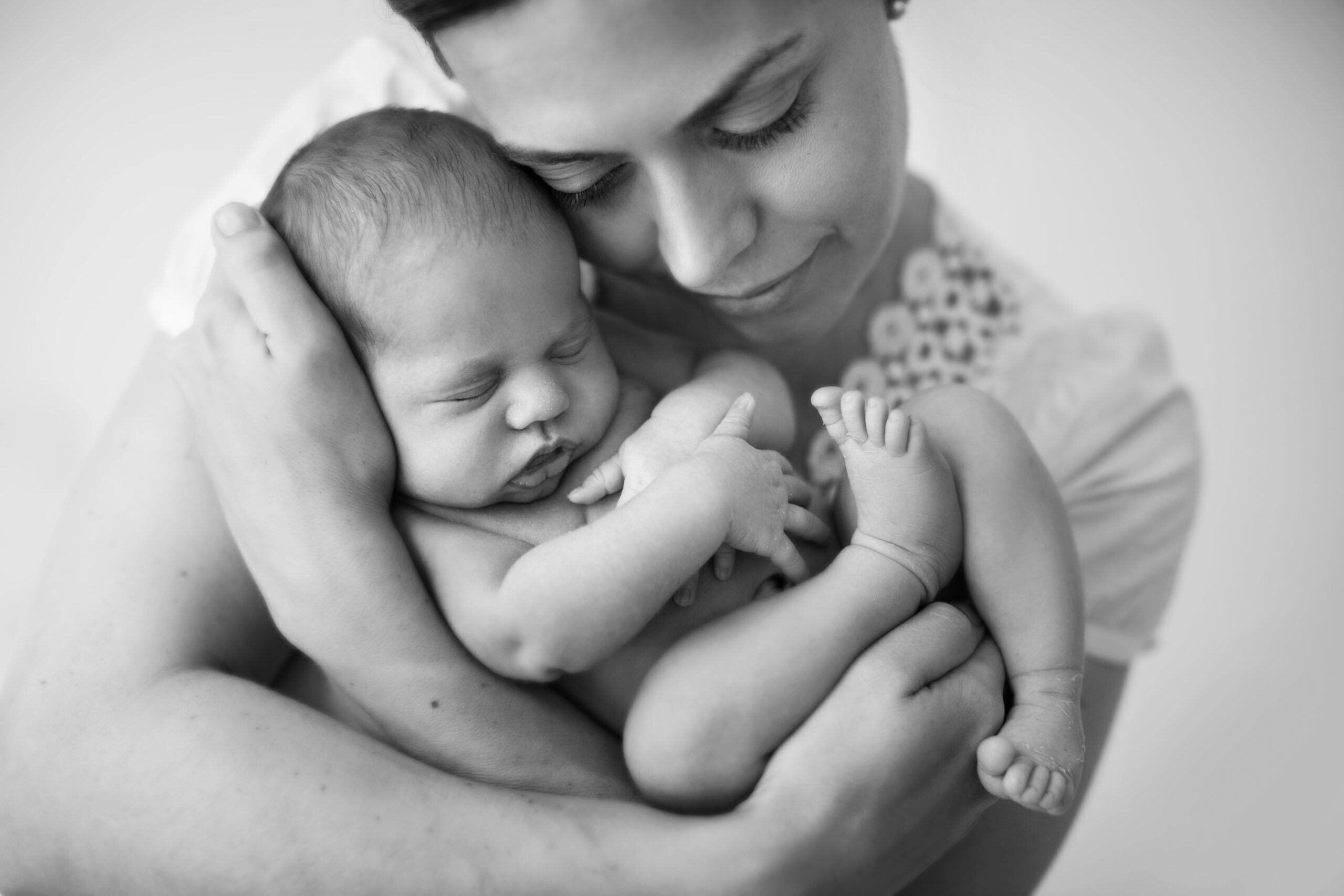Before we chat about c-section or a cesarean let’s keep in mind too that no-one fails at birth ! Birth regardless of the way it happens is amazing and requires extensive rehabilitation and retraining of your core.
Recovery after c-section
Having a c-section does NOT protect your pelvic floor from being strained or compromised during pregnancy. By your 3rd trimester the weight of your baby on your pelvic floor is pretty much the equivalent of a 95kg man jumping continuously on a trampoline…..yes and yikes !
So it is a myth that you will have a “stronger” pelvic floor if you have an elective c-section. Plus during pregnancy your body has been through exactly the same postural alignment changes which can affect the strength, length and tone of your pelvic floor.
Birth recovery is tough and a c-section recovery is HARD. Any surgery recovery is, and this major procedure is compounded by being home and taking care of a newborn 24/7. So it’s important to prepare for this physically and mentally before your baby arrives.

You can make c-section recovery easier by :
- Training your core now during pregnancy. Learn to train your core safely and effectively – grab my free core training guide including videos.
- Being aware of what actually happens during a c-section (more on that below)
- Ensuring you have the post recovery support you need – and it is NOT as simple as don’t drive or lift anything heavy for 6 weeks !
What happens during a c-section procedure ?
A c-section or cesarean procedure requires incisions to be made in the abdominal tissues & the muscle layers are separated. Then the bladder is moved down to be able to reach the uterus and deliver the baby. These incisions sever through nerves and vital connective tissue which causes weakness of the abdominal muscles.
Post delivery, the uterus is then stitched up, the bladder put back in place – then connective tissue, the abdominals, and the skin stitched up, to varying degrees. There are A LOT of layers of sutures hence, a deep scar tissue will form.
Please ensure you get clear directions on your post birth scar care and make sure you follow it. C-section scars can also be tricky for pelvic nerve function, leading to such things as urethral burning, feeling like you need to pee all the time, and pain in the clitoris and labia. Your post birth care is just as important as your newborn’s care.
Also keep in mind if you receive medical clearance to exercise post c-section (normally at 8 -12 weeks post birth) your body still needs extensive recovery time. A c-section is deep surgery so rest and rehabilitation is essential.
Recovery is temporary but damage done post birth can be permanent – don’t neglect or rush it !
Post Birth Exercise
When you are cleared for exercise post c-section (approximately around 8 weeks postpartum), movements that will be beneficial from this time include core breath work, gentle walks, core restoration, and gentle bodyweight exercises.
The types of exercise that will not be beneficial post c section are, running, jumping, heavy weight training, crunches, leg raises, and other traditional “ab” exercises – crunches, planks etc. In fact, many of these exercise are not suitable post any type of birth ! Learn more
Please rehab before you retrain. If you are not sure what exercises you can do and when you should progress to more intense forms of movement, please consult a Certified Pre & Post Natal Trainer or Physio.
Studies have also found that women who had a c-section and also had pelvic pain during pregnancy often have persistent pain post c-section (whereas vaginal delivery mama’s do recover quicker post birth.) Persistent lumbo /pelvic pain is due to the compensatory movement patterns caused by the abdominal weakness.
One of the best ways to recover more effectively post-birth is to learn how safely and effectively train your core during pregnancy. Then it is much easier to learn to retrain the muscle activation patterns of the core post pregnancy.
Don’t panic though if you have not exercised during your pregnancy. It is not too late to start effective core training. Grab my guide.
Also watch this quick video on protecting your core post birth as you lift your newborn out of the car.
Scar Care
It’s never too late to give some much needed care to c-section scar tissue. However remember it is not just about healing a scar – think about the depth of a c-section scar and all the tissues and nerves it affects along the way. This is why I mention again that you need to “rehab” before you retrain !
When you remove your postpartum bandage (about 2 weeks after a c-section) you can shower freely using a mild soap and without scrubbing the area; it’s fine to get the incision (and the Steri-Strips) wet, but avoid submerging your scar in a bathtub (or swimming). Also make sure you pat the area nice and dry. Daily air-drying can also help healing, but wear a pad / panty liner over your scar to avoid any clothing rubbing on it.
Please also make sure you do some gentle scar massage with nutrient rich healing oils – essential oil of helichrysum has amazing results for skin regeneration and healing. Once you are past the initial healing phase (approx 8 -10 weeks postpartum) I recommend you see a postpartum massage therapist who specializes in scar tissue plus lymphatic drainage. As both will help facilitate healing and encourage the collagen to lay down in line with the incision – essential after c-section surgery.
Prepare for the unexpected – an emergency cesarean.
It’s wonderful to have birth plan but keep in mind …that things my not always go to plan !
My client Nicole shares below her experience of an emergency c-section :
“I wasn’t prepared. I’d contemplated natural vs pain relief birth, water births etc but not once did I think I would have a cesarean. I didn’t research it & I wasn’t aware of my options. I was SO under prepared for what lay ahead of me !
From the moment they told me I needed an emergency c-section to when they wheeled me into theatre I was crying. I was scared. The list of risk factors were as long as my arm. Perforated bowel, hemorrhage, internal bleeding… I tuned out and just signed the consent form.
As I just wanted my baby to be safe.
The spinal block numbed me from the chest down but it also made my whole body shake. I was trembling like a leaf & felt so cold. My teeth chattered & all I could do was ask Dane to distract me.
A story.. anything..I did not want to be in that room. I wanted it to be over.
I felt the tugging when the doctors were pulling my baby out. There was no pain but the sensation made me feel ill. I vomited during the procedure. They rushed to get a bucket & turned my head so I didn’t gag on my spew. Queue tears again.
It was at that moment Dane said he had never seen me with so much fear in my eyes.
Then my baby was born – finally -relief!
I could hear him crying & I knew he was ok. They brought him over to me but I couldn’t hold him. I was still shaking from the medication.
Dane took him outside. I lay on the table another 40mins while they stitched me up, wondering what my baby was doing & desperately wanting to hold him.
Post surgery I couldn’t move. I couldn’t sit up, or reach for my baby. I couldn’t change his diaper or feed him without assistance it was not at all how I imagined my first few days.
Breastfeeding is also so painful when you have a cesear. There are not many positions the baby can lie on you without pressing on your scar.
Also the first time you get up to walk is incredibly scary as you feel like your I insides will fall out. The first time standing for me felt brutal.
I also contracted a post-op infection so my recovery was slower. My whole midsection was swollen and scar hot to touch.
(Make sure you drill the Dr’s on your post scar care and have your partner listen in as it is all such a blur at the time)
Oh and bowel movements don’t happen for a week & when they do they hurt. So can peeing. Also make sure you ask the Physio about this.
However was worth it for my baby and I show my scar now with pride.”
Conclusion – 5 Top Tips for a C- Section
- Get educated – prepare for the unexpected and for recovery – ask for help !
- Train your core NOW during pregnancy for a better recovery
- Learn restorative breath / how to breathe your way to a better core – make this a priority now and post birth.
- Rest and correct nourishment will help you heal faster.
- Don’t rush your recovery work closely with a women’s health physio and certified pre and post natal trainer….just because someone else has given birth, doesn’t make them an expert in postpartum recovery or exercise.
Any questions ?
Connect with me in my Facebook Group called the #BFABSQUAD
xx
![]()

About Dahlas
Dahlas Fletcher is one of Australia’s most respected and successful certified and experienced Pregnancy and Female Fitness Trainers. Her goal is to help you be the happiest, most fabulous version of yourself, inside and out.




